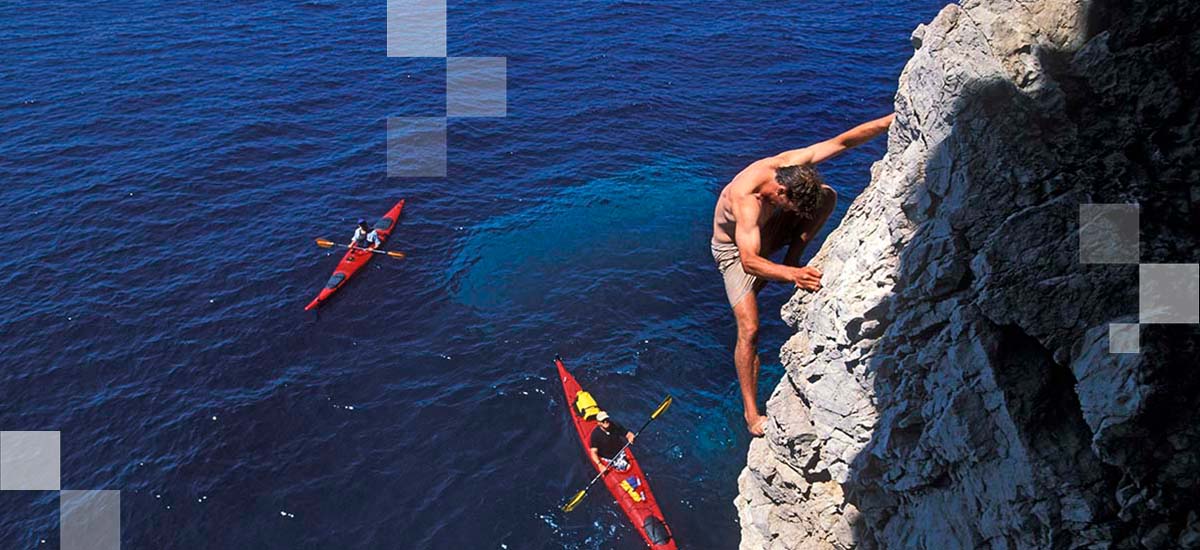When people talk about bucket lists and ‘once in a lifetime trips’, going on an African safari is probably getting a mention. And why wouldn’t it? The vast landscapes, the sense of adventure, and most importantly, getting to act out your own real-life documentary is reason enough to hop halfway around the world.
Now let’s address the elephant in the room. Safaris aren’t cheap. Saying that, this doesn’t mean that there aren’t ways to cut down costs. Creating your own itinerary, picking and choosing the aspects of a safari that are important to you, and deciding just how autonomous you want your explorations to be, opens up a whole world of possibilities for an incredible African safari holiday. There is something just incredible about seeing animals, totally undisturbed, in their natural habitat.
Planning an entire trip from start to finish may be a daunting prospect for a first-time or even seasoned safari-goer, but with a few handy pieces of advice in your khaki pocket, it’s certainly not impossible. We’ve put together our top tips to show you how to plan a safari holiday with confidence.
Where to go
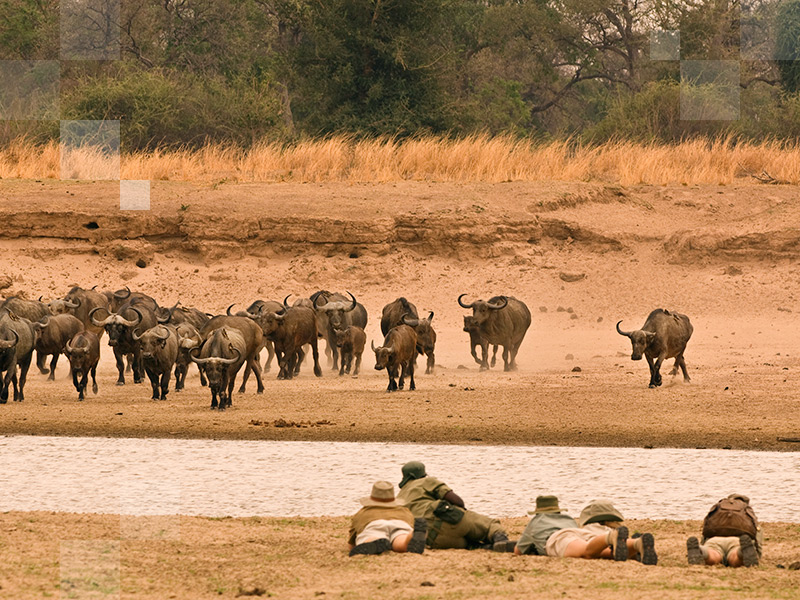
Being such a vast and varied continent, there are seriously lots of choices for safari-goers travelling to Africa. First-timers looking for a more established setup may want to consider safari heavyweights South Africa and Kenya. North Tanzania and Zambia’s Zambezi National Park also offer great opportunities for Big 5 (buffalo, elephant, leopard, lion, and rhino) viewing. For a more under-the-radar destination, consider Namibia or South Tanzania, and if you’ve got cash to splash, Botswana is where you should head for a more up-market safari experience.
If you’ve been there and done that, but are still craving the adventure that only an African safari can offer, consider the likes of Uganda and Rwanda. Both these emerging destinations are rising from the ashes of an unstable past and tempting intrepid explorers with treks to spot gorillas, chimpanzees, and other great apes.
When to go
Choosing the right time to go on a safari can make or break your trip. Visiting during the wettest months could be cheaper for flights, but the weather can massively affect visibility.
The main Big 5 countries tend to have similar seasonal patterns, with the wet season falling between October and February, and the dry season occurring during the summer months. The dry season and part of the wet season offer different but equally rewarding experiences. The dry season has excellent conditions for spotting animals, primarily because of the lack of vegetation. However, there are certain times in the wet season when the landscape is at its most picturesque, with trees and flowers in bloom. On the one hand, this makes animal-spotting potentially trickier. However, if you choose to visit the Serengeti during the wetter seasons, there’s the added attraction of the wildebeest calving season, when hundreds of calves are born each day.
Another thing to consider when choosing when to travel is, of course, the price. If this is an important factor, then you’ll find the best prices during that in-between seasons period on the cusp of the dry season. This time offers the best combination of savings, without compromising on animal sightings.
How you safari
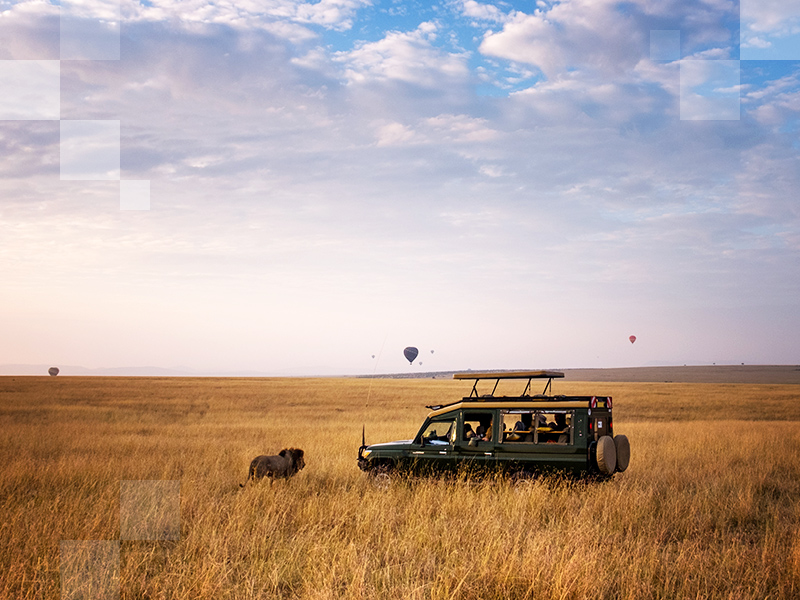
Going on safari doesn’t just mean cruising around in a 4×4. How you safari and how autonomously you do it, is really up to you. For first-timers and families, organised tours are a good way to explore in a secure environment. If you want to push the boat out, try a tour with a private guide or go on self-guided driving tours in parks like Etosha in Namibia.
If the barrier of a vehicle between you and nature is not what you’re hoping for, then more luxurious safaris in the likes of Botswana offer horse-riding and glamping opportunities in the wild. You can even head to Kruger National Park in South Africa or one of the many safaris in Uganda and Rwanda for walking safaris.
Although this is the kind of trip where you’ll want to push yourself out of your comfort zone, it shouldn’t be at the expense of your enjoyment. Research your options and pick the type of safari that’s right for you.
What to take
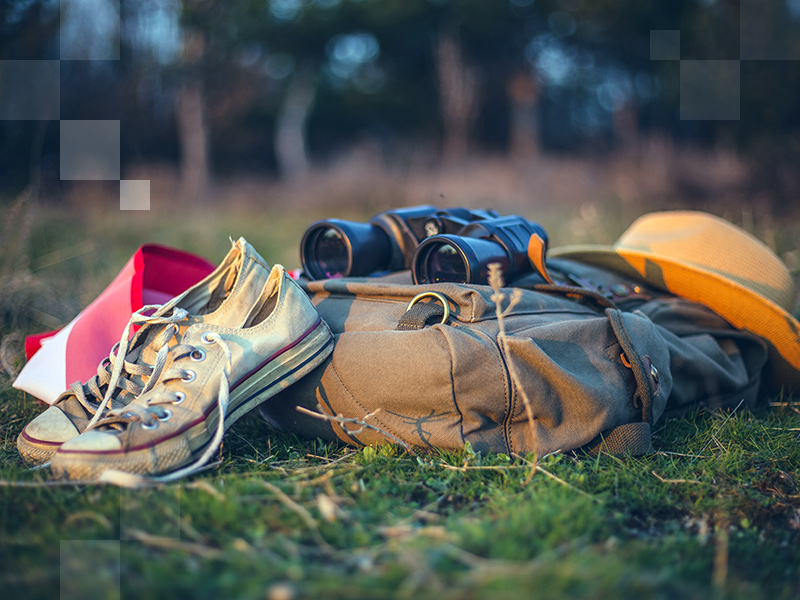
OK, we get it. There’s a temptation when visiting Africa, and especially when going on safaris, to go overboard when packing. You may want to jam-pack your luggage with items for every possible situation, but along with considering the luggage restrictions of your airline, it’s also worth noting how often you plan to be in transit while on your trip, as well as any onward flights in smaller carriers you’ll take to your final destination. Opting for a backpacker-style rucksack or soft suitcase is a good option for those making longer transit journeys.
It’s also worth considering if any of the things you’re taking are absolutely necessary. Spending the trip in a jeep safari? You can probably opt for lightweight trainers and ditch the heavy hiking boots. Staying in glampsites or a resort? They’ll have mosquito nets, so don’t worry about investing if you don’t plan to camp in the wild.
There will also be a few items that may not automatically spring to mind when you dust off that suitcase. Handily, we’ve got a checklist at the ready for you:
- Solar-powered battery charger
This nifty device converts daylight into electricity to extend battery life and is ideal to strap onto the roof of your car. - Phone power-pack
Even if you’re jetting off with a DSLR in hand, it’s fair to say that you’ll probably be using your phone a lot to snap everything around you. Don’t miss out on getting that picture at the very end of the day because your battery’s dead. - Water purifier
A water purifier or iodine drops might not be useful if you’re going lux, but if you’re planning for your safari to be a bit more rough and ready, this could be a lifesaver. - Torch
This will come in handy when trying to navigate around a badly lit campsite at night. - Malaria-proof clothing
Long-sleeves are a must, but if your budget isn’t too tight, check out a safari clothing provider like thesafaristore.com for specifically designed jackets and trousers to prevent mosquito bites. And speaking of clothes, try to avoid bright colours (or, erm, animal print). Beige and khaki clothing that can be layered is ideal.
Staying ethical
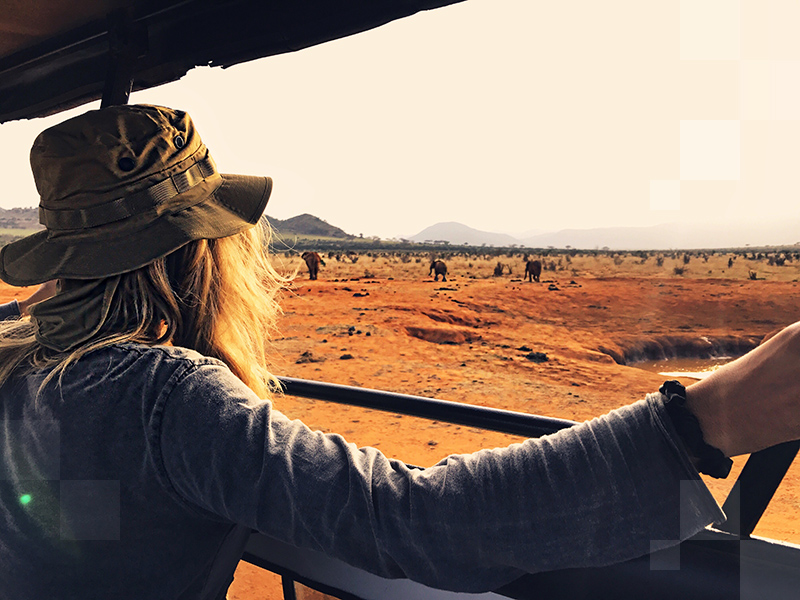
It’s all well and good to come back from your trip with an Instagram full of #wanderlusty images of you contemplating life while gazing off into the savannah, but no matter how profound that photo caption is, it’s not going to mean much if the trip hasn’t been done ethically. The first way to know that your trip will be guilt-free is to book your accommodation and safari tour through an ethical provider. Look to companies such as responsibletravel.com who, as the name suggests, promote responsible tourism through working with activists and local communities.
Look on every provider’s website or ask them directly about how they give back to the communities where they work. If they practice environmentalism, it’s a good sign that you’re backing a principled and responsible company.
On the flip side, if the provider is offering trips that include encounters that could be damaging to animals or the environment, such as riding on elephants, take this is a good indicator to walk away.
Whether you want to spot gorillas in the wilds of Rwanda, gaze at giraffes on the Kenyan plains or see the famous wildebeest migration, knowing when to travel, what kind of safari you want to go on, packing practically, and staying ethical will allow you to confidently plan your dream safari adventure.
>>Interested in eco-travel? Find more options for sustainable tourism here.
Note: These rates are based on the most recent data pulled from kayak.com.my, the cheapest prices are always displayed first, regardless of specific dates mentioned. The prices are quoted in MYR. Flight prices are based on results for a return economy flight search. Hotel prices are for double occupancy, are per night and include taxes and fees. Prices are subject to change, may vary, or no longer be available




